Pivonka P.
Modern structural engineering is characterized by great complexity as regards design, function and construction. Live cycle engineering includes extreme load scenarios of plain and reinforced concrete structures. In reinfored concrete structures special attention must be paid to extreme overload conditions leading to a complex redistribution of internal loading paths. Hence, high requirements with respect to the strength and durability of the employed materials are requested. Safety requirements of society give rise to analyze the constitutive behavior of the employed materials in detail. Numerical tools such as the Finite Element Method (FEM), together with the use of sophisticated constitutive models allow to monitor the development of structural failure and estimate the peak load of the system. Numerical and experimetal investigations provide the basis for the development of modern design codes.Plain concrete plays an important role in structural engineering because of its easy in situ installation and the rather low material costs. The constitutive behavior of concrete is characterized by different behavior under tensile and compressive loading. Tensile loading is characterized by brittle failure, whereas compressive loading leads to the development of ductile failure. The ratio of the uniaxial tensile strength to the uniaxial compressive strength is approximately 1/10. Triaxial compression experiments with different confining pressure clearly indicate the increase of compressive strength with increasing confinement.The present thesis deals with the development of two 3D elasto-plastic constitutive models for concrete. These models are capable of capturing the material behavior of concrete under a broad range of loading conditions such as tensile, low compressive and high compressive loading states. The first model is a single-surface model. Dependence of the concrete strength on the Lode angle is accounted for by means of an elliptic deviatoric shape function. Ductile behavior of concrete is controlled by means of pressure-dependent ductility functions. The second model is a multi-surface model consisting of a Drucker-Prager surface for the description of compressive failure of concrete and three Rankine surfaces for the description of tensile loading. The Drucker-Prager surface is reformulated to account for confined compressive stress states. Inelastic dilatational behavior of the single-surface and the Drucker-Prager surface is controlled by means of a non-associative flow rule. For the Rankine criterion an associative flow rule is employed. The performance of both material models on the constitutive level has been investigated for various loading paths.Because of the rather complex format of the proposed material models special emphasis has been laid on a robust and efficient algorithmic implementation in the context of relatively large FE simulations. Such simulations are characterized by several thousand degrees of freedom in 2D and ten to hundred thousand degrees of freedom in 3D.Constitutive models for concrete accounting for an appropriate description of structural failure must incorporate softening material behavior in the form of cracking and crushing of concrete. For the proposed models softening is formulated on the basis of the fracture energy concept. The localization behavior of the models is investigated by means of several loading paths. | |
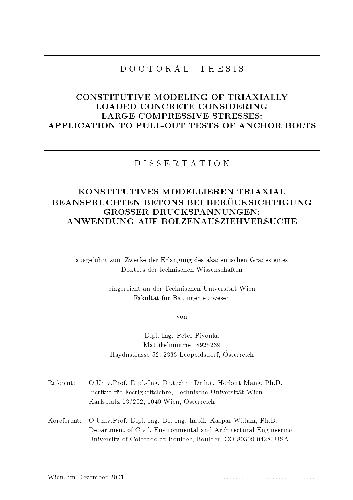
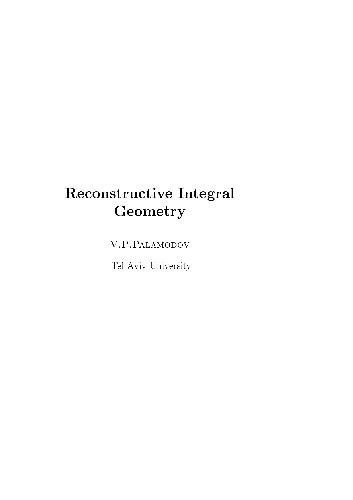
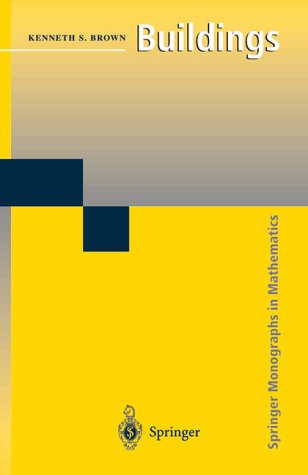
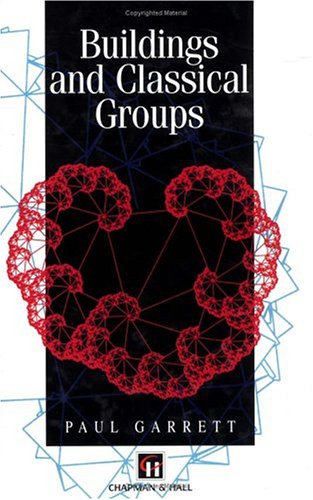
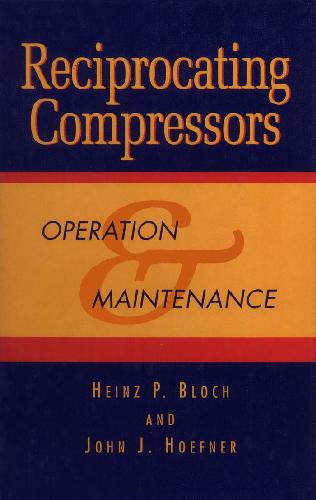

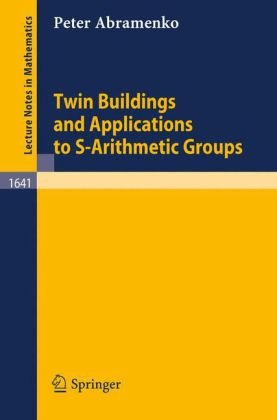
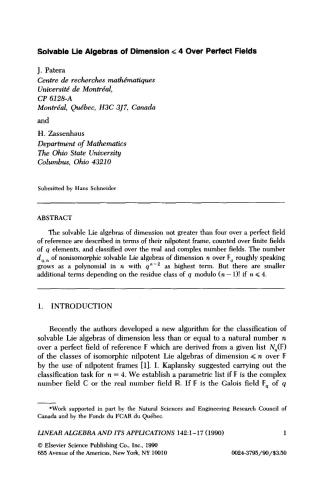
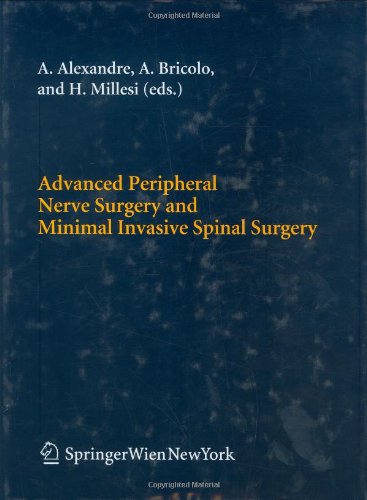
Reviews
There are no reviews yet.